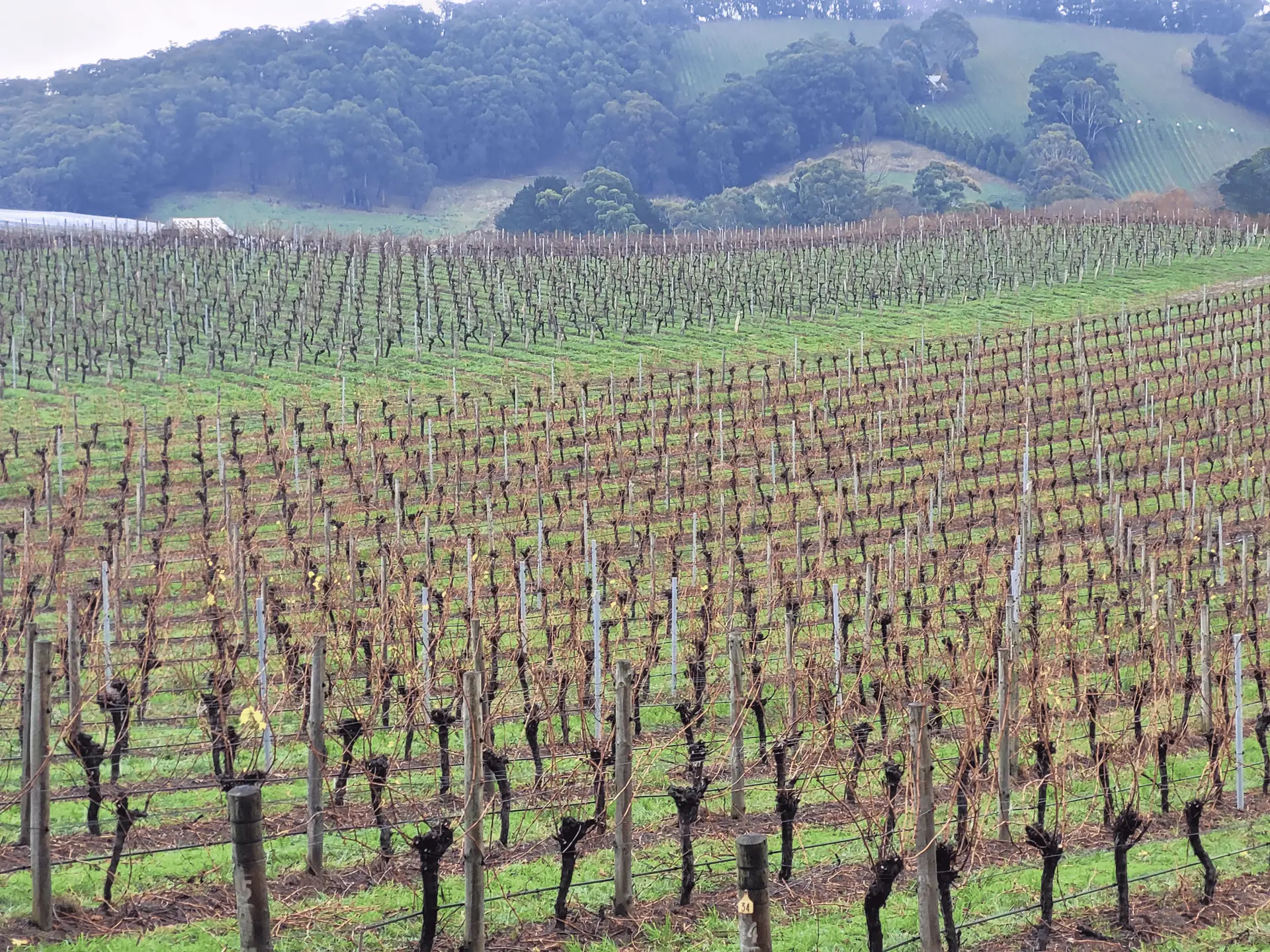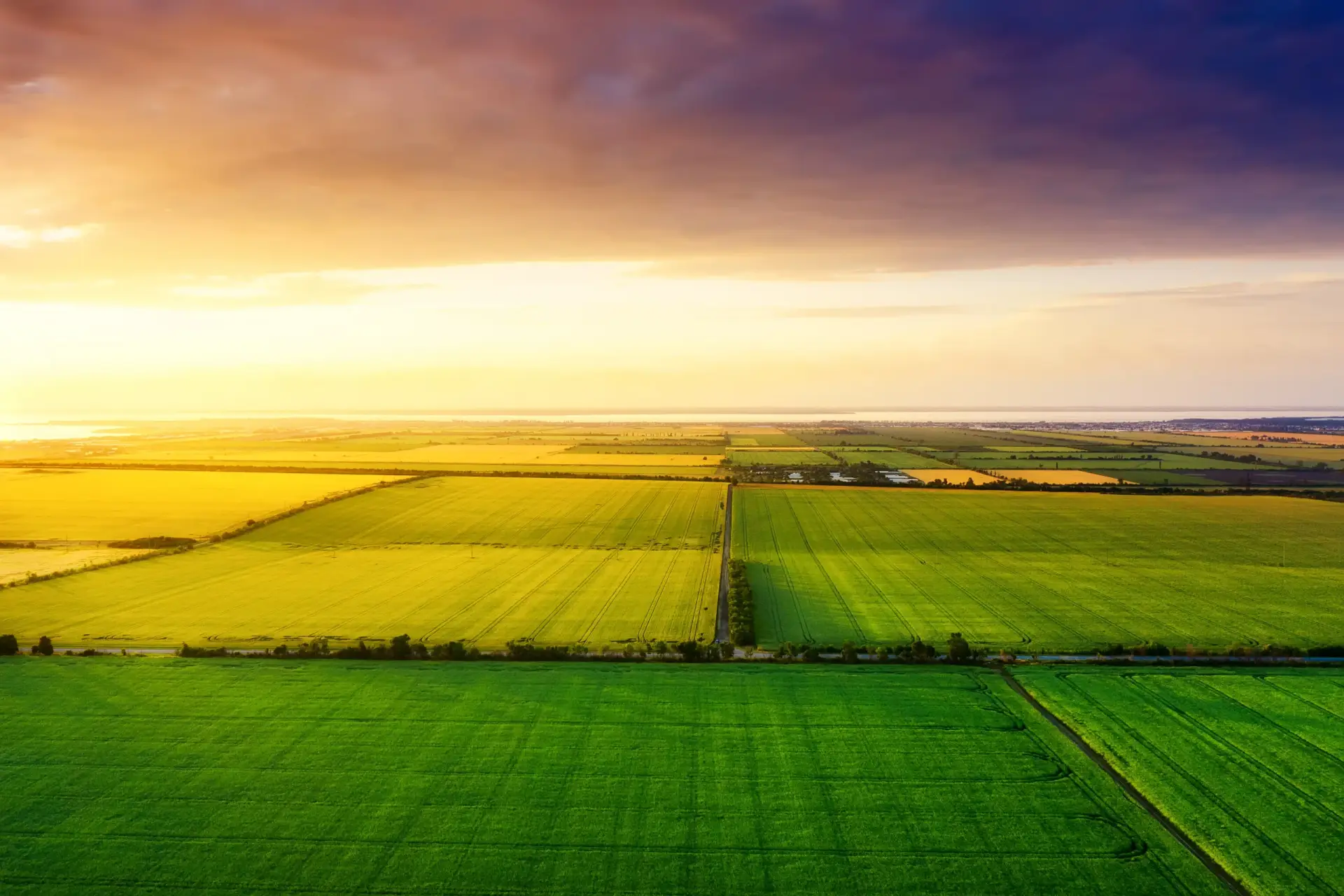Download the Case Study
“Unlike a lot of other systems, Konect creates relational data. For building reports and cost effectiveness, that can be gold!”
Barry Sullivan, Director of Lagom Agriculture Pty Ltd has spent many years working with data collectors; developing, adapting and creating systems that made the processes of field data collection as simple as possible. But regardless of whether he was focusing on diseases in bananas, or weeds, or pests and feral animals, as he did in previous government roles, it all came with limitations and challenges, until Konect came along.
“I was working with a project on disease control for bananas using PDA technology when I was introduced to Konect. Straight away it was obvious that it was going to be a whole lot easier to migrate the existing PDA data into Konect, than it was to create a whole new system. Once I got into it, I realised that this was gold. This was way, way better and easier to manage than anything I’d seen before.”
Konect’s ability to provide simple customisation, allowed Barry the opportunity to better control to data input, simplifying it for the field inspectors through the auto population of fields, making life a lot simpler for them, and applicable for him. “Expecting the data collector to fill in a multitude of detail at every location is unrealistic and unnecessary. Konect allows us to put in a whole lot of reference data, such as land information, streets, block numbers etc. in a different layer. So when the operator arrives at a location and taps on the GPS mark, more than half of the information is populated already. All they do is fill in the relevant details for that job and press save.”
Keeping it simple for the data collector doesn’t detract from the fact that you have such a rich, accurate data set at the other end. “Before Konect, the collector would have to take a GPS point of a plant or weed infection, make a note and get it transcribed. One simple mistake on a digit, and we’d have points turning up in the middle of the ocean.”
Any required treatment is conducted straight away, and with the appropriate auto-population of options, the operator is able to meet requirements such as chemical use and landowner consent. Barry adds, “It’s also important that we accurately document the non-positives as well, because it still costs money and takes you the same amount of time regardless of the outcomes. In the past, the scientists may have only been interested in ten examples that were positive, but we would of looked at hundreds of properties during that period”. This is also very important to the project funders as they need to realize that the amount of effort required to complete a task can be very time consuming, something that Konect successfully monitors.
Barry adds, “By capturing comprehensively rich data sets on-ground about certain pest or disease infestations, epidemiologists can then analyse this data and build predictive models that can assist with more cost effective control and eradication programs. Without the data this process would not be possible”.
For Barry, the ability to precisely return to a location where an issue has been found is one of Konect’s many paybacks. Whether bananas, weed control or wild dogs, Konect delivers. “When working on any sort of control program it is important to be able to revisit sites to check that there has not been a reinfestation occurrence. Over time, Konect enabled us to revisit the exact areas where the weed or infection had previously been, to ensure that no more reinfestation had occurred.”
The same benefits were delivered with the baiting of wild dogs over large geographical areas. “Konect and the data it captures allow us to report on trends and patterns of movement. One of the other important things about Konect, is that it does allow you to collect a ‘point’ a ‘line’ and a ‘polygon’. A lot of the other products only allow you to collect the ‘point’, but, for example, if you had an orchard and you wanted to capture every single tree, you can put them in Konect, and monitor them individually, or as a whole block, or a paddock.”
To conclude, I asked Barry whether Konect was well positioned for the future. He said, “Absolutely. In many ways I’d say that Konect is leading the way.”
That, as Barry would say, “Is gold!”


